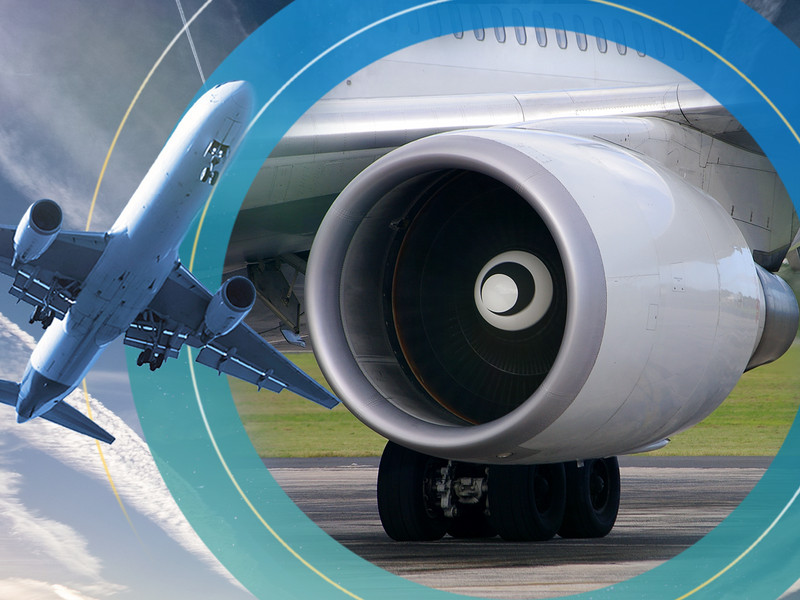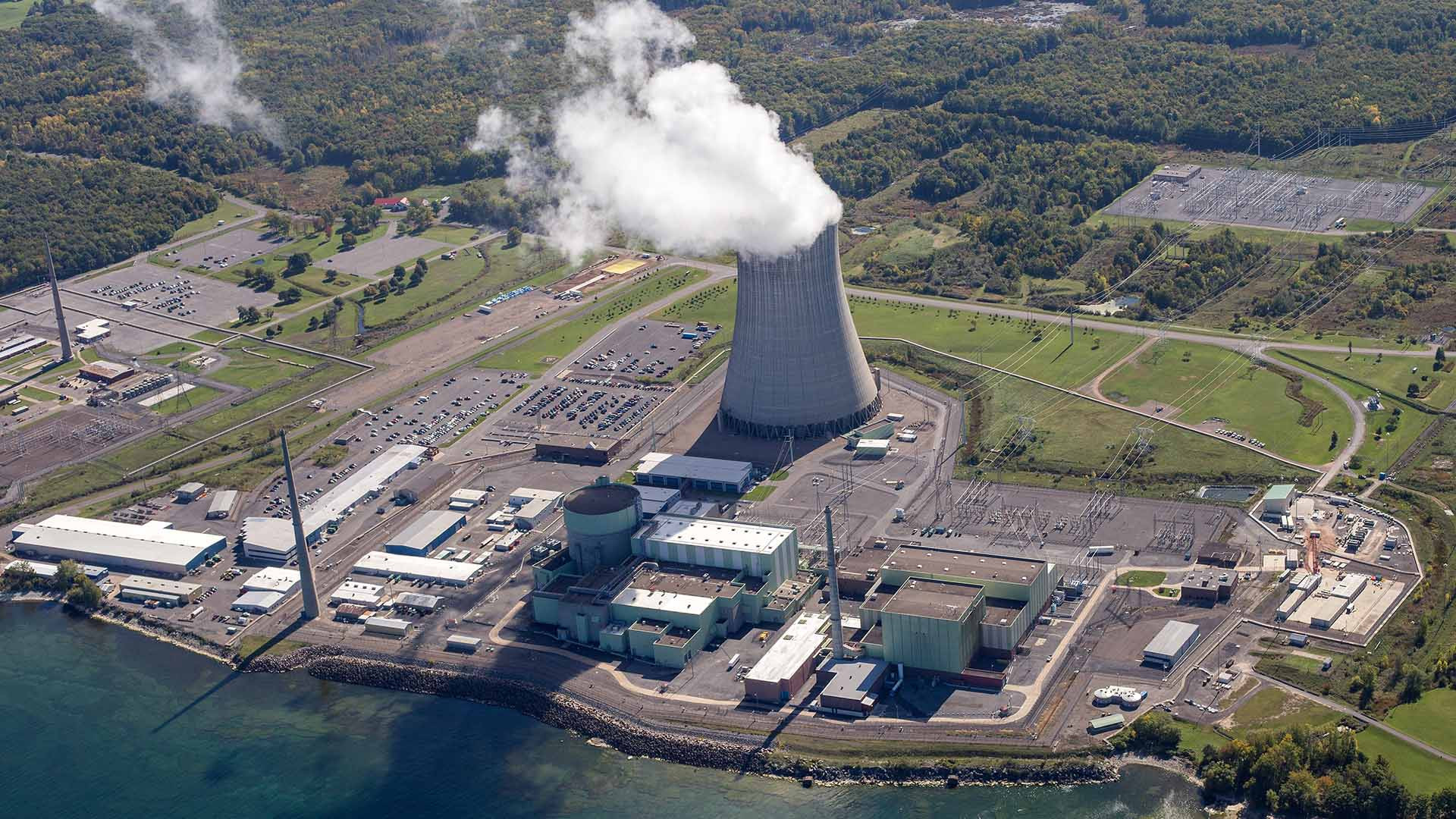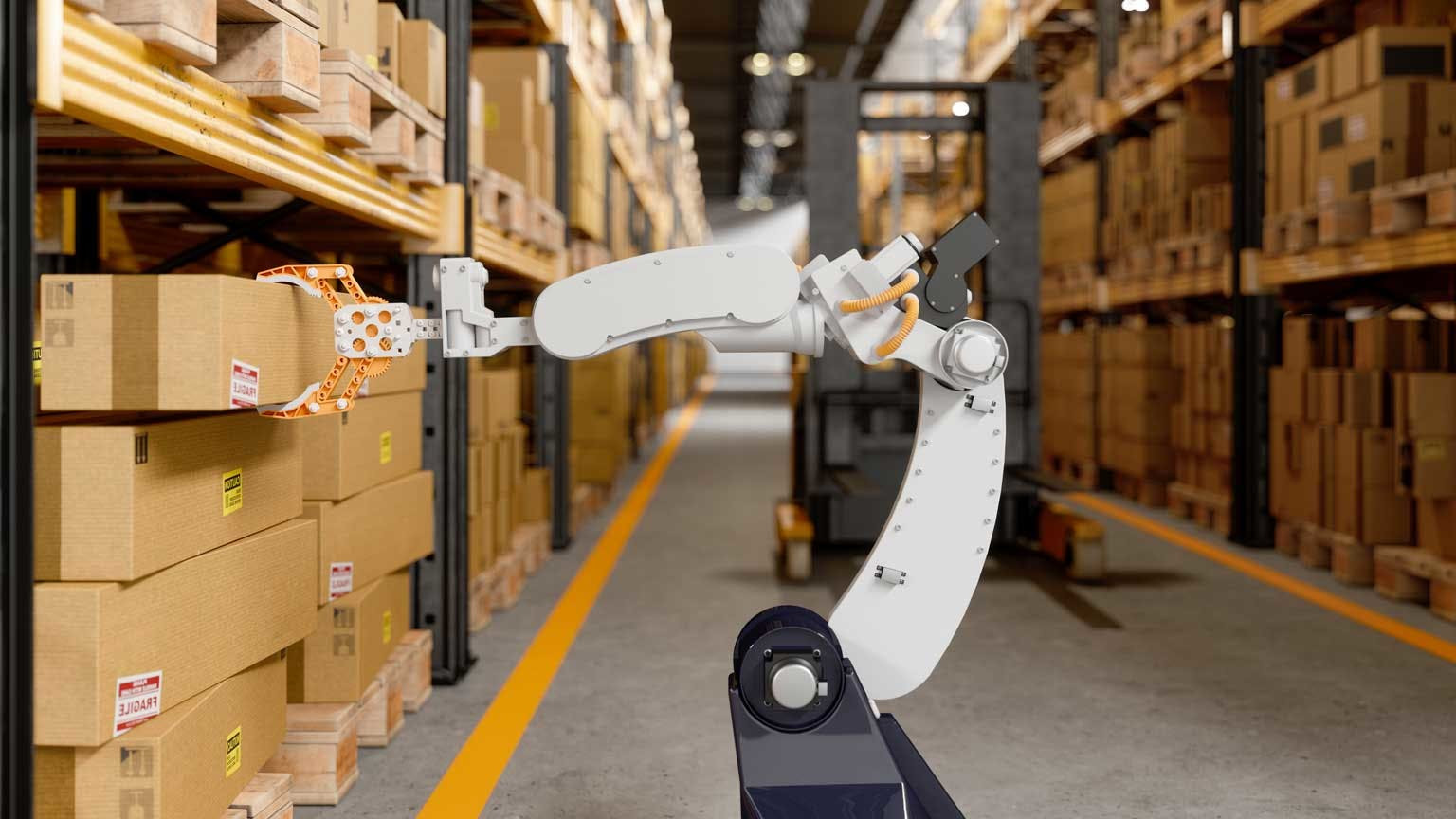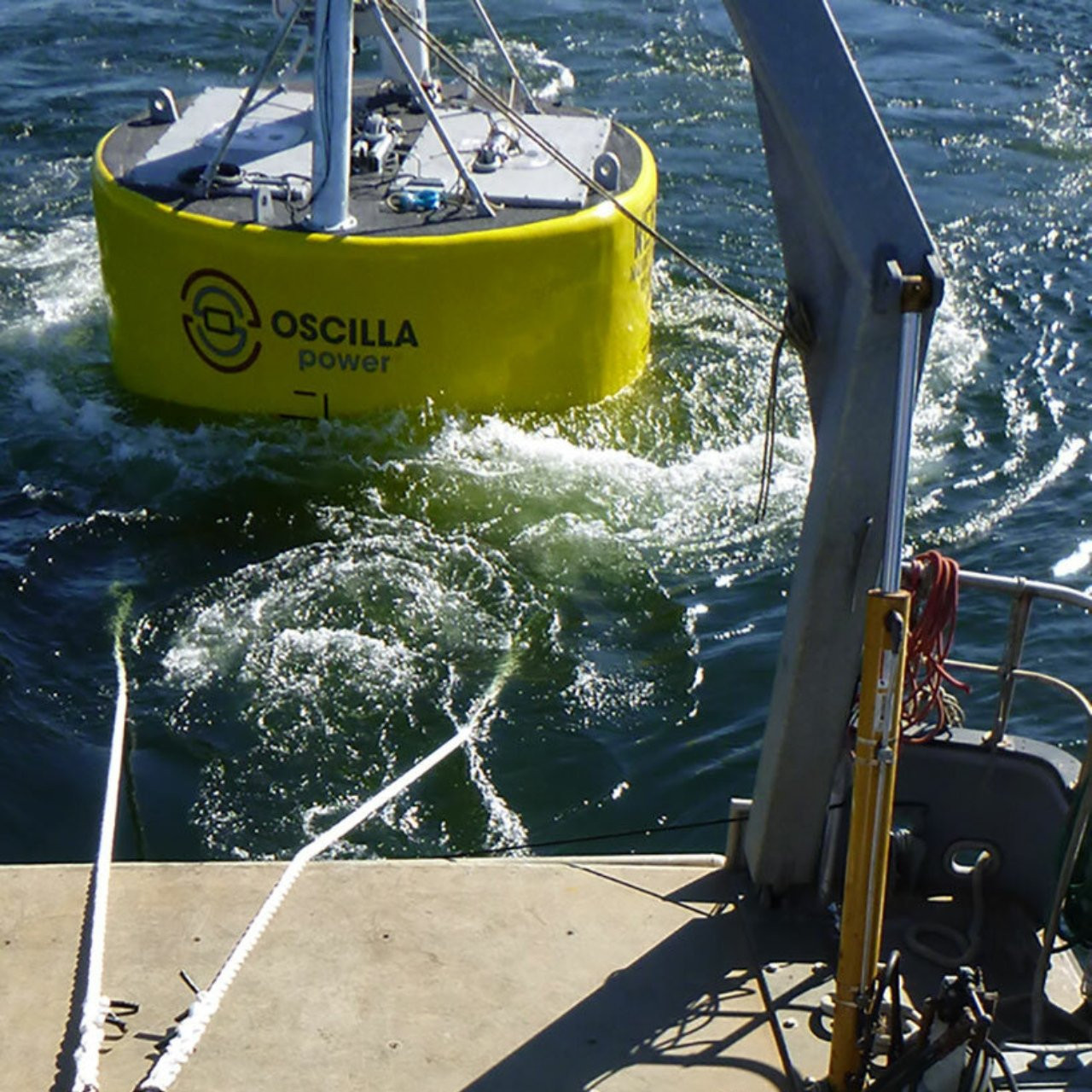The Future of Aviation: Aircraft Health Monitoring Takes Flight
The skies are constantly buzzing with activity, but behind the sleek exteriors of modern aircraft lies a complex network of systems working in perfect harmony. As the aviation industry continues its rapid growth, ensuring the safety and reliability of these intricate machines is paramount. Enter Aircraft Health Monitoring (AHM), a revolutionary technology poised to transform the future of aviation.
AHM involves the continuous monitoring of aircraft systems, collecting and analyzing data to identify potential issues before they escalate into critical failures. This proactive approach to maintenance, known as predictive maintenance, is revolutionizing how airlines and operators manage their fleets, leading to significant cost savings, improved operational efficiency, and enhanced passenger safety.
Driving Forces: A Symphony of Factors
The AHM market is experiencing a phenomenal surge, driven by a confluence of factors:
1. The Rise of Connected Aircraft
The increasing connectivity of aircraft, fueled by the advent of the Internet of Things (IoT), is a key driver for AHM adoption. Modern aircraft are equipped with a vast array of sensors that collect data on various parameters, including engine performance, flight control systems, and even cabin conditions. This real-time data stream provides valuable insights into the aircraft's health, enabling proactive maintenance and reducing the likelihood of unexpected downtime.
2. Regulatory Mandates
Aviation authorities around the world are increasingly emphasizing safety and operational efficiency. Regulations like the European Union Aviation Safety Agency's (EASA) mandate for aircraft operators to implement predictive maintenance strategies are pushing the adoption of AHM solutions. These regulations not only promote safety but also encourage airlines to adopt more efficient maintenance practices.
3. Cost Savings and Enhanced Efficiency
AHM offers substantial cost savings by reducing the frequency of unscheduled maintenance events and minimizing downtime. By identifying potential issues early, airlines can schedule maintenance proactively, preventing costly disruptions to their operations. Furthermore, AHM systems can optimize maintenance schedules, ensuring that components are replaced only when necessary, further reducing costs and enhancing efficiency.
4. Growing Fleet Size and Age
The global airline industry is experiencing rapid growth, leading to an increase in the number of aircraft in operation. Additionally, the aging of existing fleets presents a significant challenge, as older aircraft require more frequent maintenance. AHM solutions provide a robust approach to managing aging fleets, ensuring continued safety and reliability while optimizing maintenance costs.
AHM: Unveiling the Market Landscape
The AHM market is a diverse landscape, encompassing various technologies, services, and solutions. Key players in this rapidly evolving field include:
-
Software providers: These companies develop and offer software solutions for data acquisition, analysis, and visualization, enabling airlines to make informed maintenance decisions.
-
Hardware manufacturers: These companies produce the sensors and other hardware components that collect data from aircraft systems.
-
Service providers: These organizations offer a range of services, including data integration, system installation, and maintenance support.
Trends Shaping the Future
The AHM market is constantly evolving, driven by technological advancements and changing industry needs. Here are some key trends shaping the future of AHM:
1. Artificial Intelligence (AI) and Machine Learning (ML)
AI and ML are transforming the AHM landscape, enabling more sophisticated data analysis and predictive capabilities. AI algorithms can analyze vast amounts of data, identify patterns, and predict potential failures with unprecedented accuracy. This level of intelligence allows airlines to optimize maintenance schedules, reduce downtime, and enhance operational efficiency.
2. Cloud Computing
Cloud computing is enabling airlines to access and process AHM data more effectively. Cloud-based solutions provide scalable storage and processing power, allowing airlines to manage large volumes of data generated by AHM systems. This also facilitates collaboration between different stakeholders, such as maintenance teams, engineers, and pilots.
3. Integration with Other Systems
AHM is increasingly being integrated with other aircraft systems, such as flight management systems and operational control systems. This integration enhances data sharing and allows airlines to make more informed decisions based on a comprehensive understanding of the aircraft's condition.
Challenges and Opportunities
While AHM presents numerous benefits, it also faces some challenges:
1. Data Security and Privacy
The vast amounts of data collected by AHM systems raise concerns about security and privacy. Protecting sensitive data from unauthorized access is crucial, and airlines must implement robust cybersecurity measures to mitigate these risks.
2. Cost of Implementation
Implementing AHM systems can be a significant investment, requiring upfront costs for hardware, software, and integration services. This can be a challenge for smaller airlines, particularly in developing countries.
3. Skill Gaps
The adoption of AHM requires a skilled workforce capable of managing and interpreting data, as well as implementing and maintaining AHM systems. Addressing skill gaps through training and education is crucial to successful AHM deployment.
Despite these challenges, the AHM market offers significant opportunities for growth and innovation. As the industry continues to embrace digital transformation, AHM is poised to play a pivotal role in ensuring the safety, efficiency, and sustainability of aviation.
Taking Flight: The Future of AHM
The future of AHM is bright, with several promising developments on the horizon:
-
Advanced Analytics: AI and ML will continue to drive advancements in AHM analytics, enabling airlines to make even more informed maintenance decisions.
-
Integration with Digital Twins: Digital twins, virtual representations of physical assets, will be integrated with AHM systems, providing a more comprehensive understanding of aircraft health and performance.
-
Extended Reality (XR) Applications: XR technologies, such as augmented reality (AR) and virtual reality (VR), will be incorporated into AHM systems, providing maintenance technicians with real-time guidance and interactive training experiences.
The AHM market is poised to continue its upward trajectory, offering significant opportunities for innovation and growth. As the aviation industry embraces digital transformation, AHM will play a vital role in ensuring the safety, efficiency, and sustainability of air travel for years to come.

















